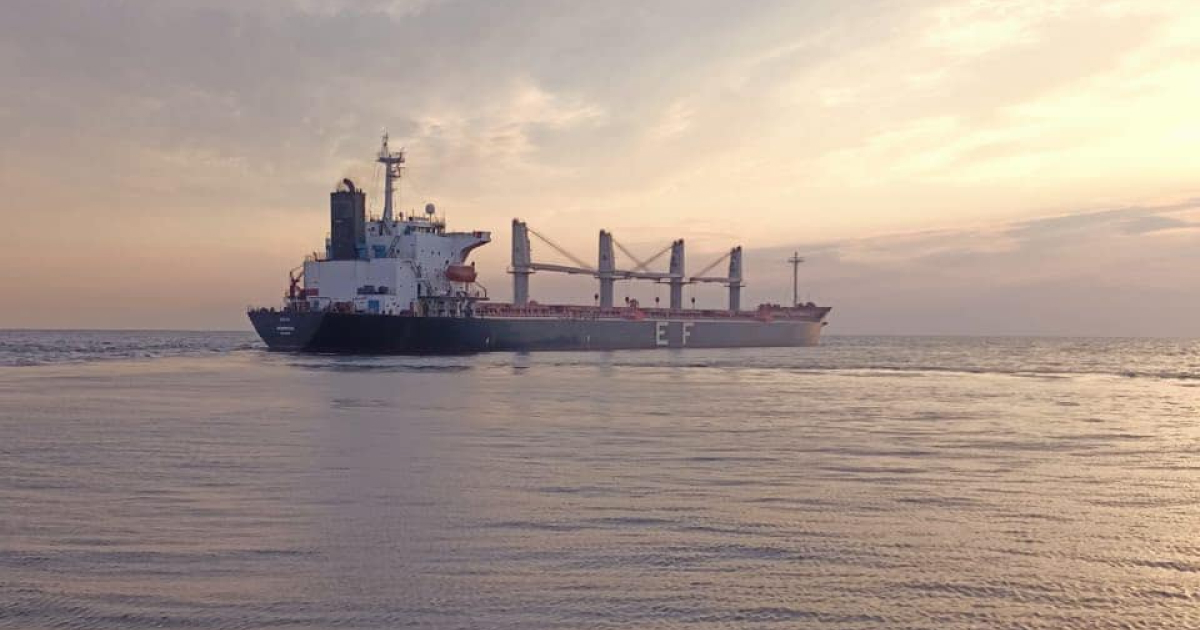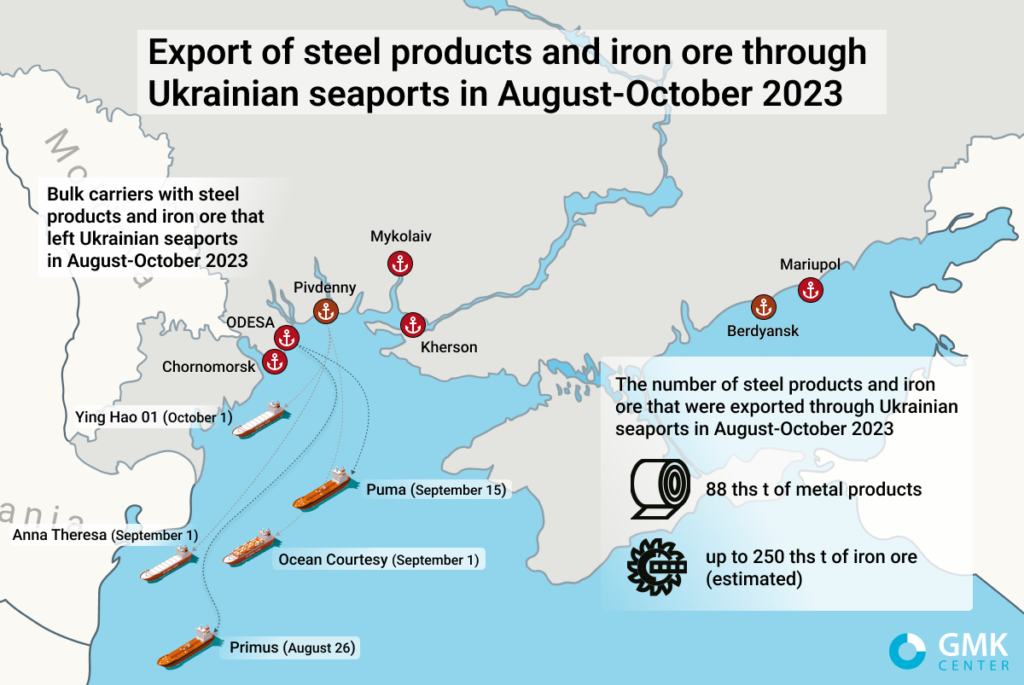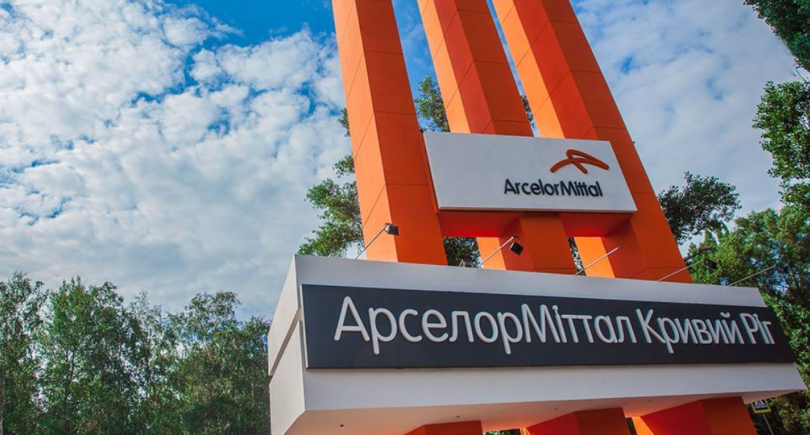
News Infrastructure sea ports 1229 05 October 2023
Also, an estimated 250,000 tons of iron ore were sent to customers from Ukrainian seaports in almost 2 months
More and more ships dare to use the temporary corridor opened in August in the direction from and to the ports of Great Odesa. During the two months of operation of the corridor, 5 vessels transported approximately 88 thousand tons of steel products and more than 172 thousand tons of iron ore from Ukrainian ports. The last figure is given without taking into account the load of iron ore on the bulker Ying Hao 01, which was estimated to be able to accept 70 thousand tons of iron ore.
GMK Center made such calculations based on open data.
Due to concerns about the safety of ships, the size of their cargoes is not always disclosed, so estimates of the amount transported are very approximate. The contents of the bulker Ying Hao 01 (deadweight – 74.7 thousand tons) can be added to the iron ore cargo, but neither officially nor unofficially the amount of iron ore transported is not reported. Given the ship’s characteristics, the bulk carrier can transport about 70,000 tons of iron ore. For example: the deadweight of the Ocean Courtesy bulker, which was carrying 172,000 tons of iron ore concentrate, is 177,000 tons.
The list of ships that left Ukrainian seaports with iron and steel cargoes is as follows:
- The bulk carrier Primus with a load of rolled steel left the water area of Odesa port on August 26.
- Bulk carrier Anna Theresa left the Pivdenny port on September 1 with a cargo of 56,000 tons of pig iron.
- The bulk carrier Ocean Courtesy left Pivdenny on September 1 with 172,000 tons of iron ore concentrate on board.
- The bulk carrier Puma, loaded with 16,000 tons of steel and 14,000 tons of rapeseed, left Odesa on September 15.
- The Ying Hao 01 bulk carrier with iron ore cargo left the Pivdenny port on October 1.
These ships transported the products of the Azovstal, Zaporizhstal, Kametstal, and ArcelorMittal Kryvyi Rih steel mills, as well as iron ore from the Metinvest group’s Minings.

A significant amount of iron and steel cargoes is due to the fact that most of the cargoes of grain that remained in the ports after the start of full-scale aggression by Russia managed to be taken out before the end of the grain agreement, which ceased its operations on July 18.
As shipowners and shippers trust the temporary corridor, grain will dominate the flow of exported cargo. So, 5 new ships are already being loaded in the ports of Greater Odessa. Bulk carriers Olga, Ida, Danny boy, Forza doria and New legacy came for 120 thousand tons of Ukrainian grain. Previously, bulkers Azara and Eneida were already loaded with grain, which successfully left Ukrainian territorial waters. In addition, one bulk carrier – DSM Everton – is heading to the Ukrainian port. The nature of the cargo that the vessel will carry is still unknown.
The success of the corridor softens the position of world insurers regarding the insurance of ships and cargo during operation in Ukrainian ports and territorial waters. In particular, the British insurance and reinsurance broker Miller, in partnership with the British company Clearwater Dynamics and the government of Ukraine, presented a tool for covering military risks for ships during the delivery of grain through three ports – Chornomorsk, Odesa and Pivdenny.
As GMK Center reported earlier, almost all ships blocked after the start of a full-scale invasion on February 24, 2022 in the ports of Chornomorsk, Odessa and Pivdenny, have already gone with the cargo to the ports of destination. The largest number of blocked vessels remain in Mykolaiv (29 vessels), Kherson (14) and Mariupol (5).
The full unblocking of ports is for all types of goods will bring Ukraine $20 billion in foreign exchange earnings per year , tax revenues – more than $5 billion.




